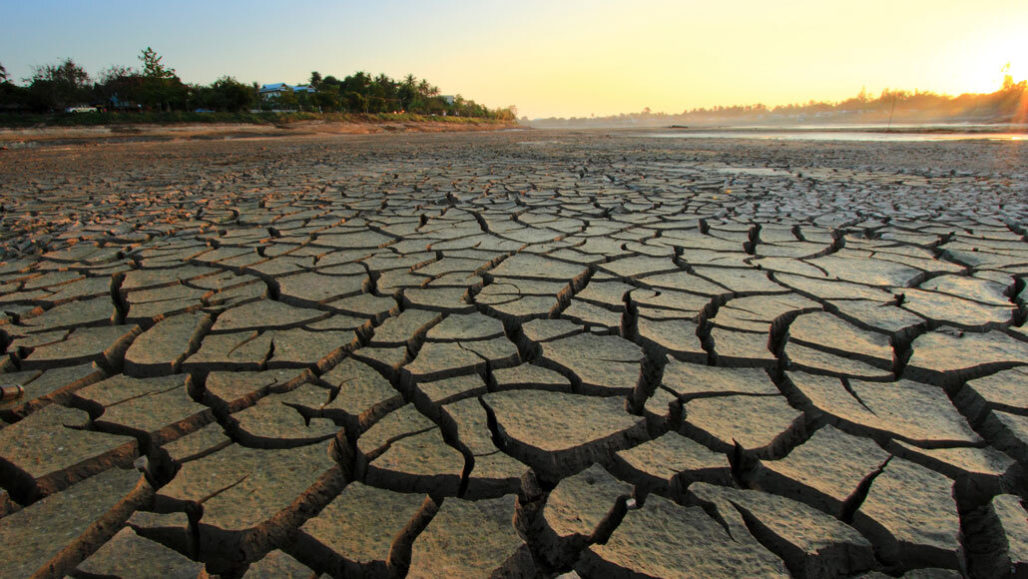A new study-conducted by the World Weather Attribution group- has found that extreme droughts that have wrecked the lives of millions of people in Syria, Iraq and Iran since 2020 would not have happened without human-caused global heating.
In carrying out the study, the researchers used weather data and climate models to compare how droughts have changed in the region since global heating has pushed up temperatures by about 1.2C.
The climate crisis means such long-lasting and severe droughts are no longer rare, the analysis showed. In the Tigris-Euphrates basin, which covers large parts of Syria and Iraq, droughts of this severity happened about once every 250 years before global heating – now they are expected once a decade.
In Iran, extreme drought occurred once every 80 years in the past but now strikes every five years on average in today’s hotter world, according to available information. Further global heating, driven by the burning of fossil fuels, will make these droughts even more common.
Read also: UK’s net zero minister says oil, gas ‘not the problem’ for climate
Also, the study found that existing vulnerability from years of war and political instability had reduced people’s ability to cope with the drought, turning it into a humanitarian disaster. The researchers said that it was vital to plan for more frequent droughts in the future.
“Our study has shown that human-caused climate change is already making life considerably harder for tens of millions of people in west Asia,” said Prof Mohammad Rahimi, at Semnan University, Iran. “And with further warming, Syria, Iraq and Iran will become even harsher places to live.”
On his part, Rana El Hajj, at the Red Cross Red Crescent climate centre, said: “While conflict itself increases vulnerability to drought by contributing to land degradation, weakened water management and deteriorating infrastructure, research also shows that climate change, in this region specifically, has acted as a threat multiplier [for conflict].”
Story was adapted from the Guardian.
